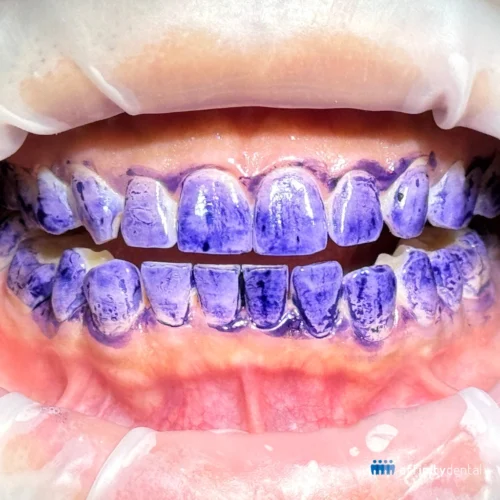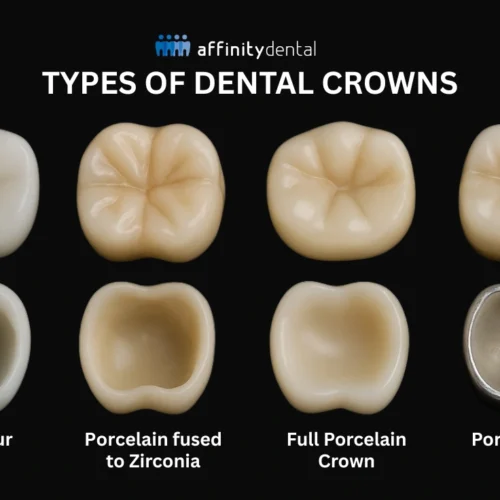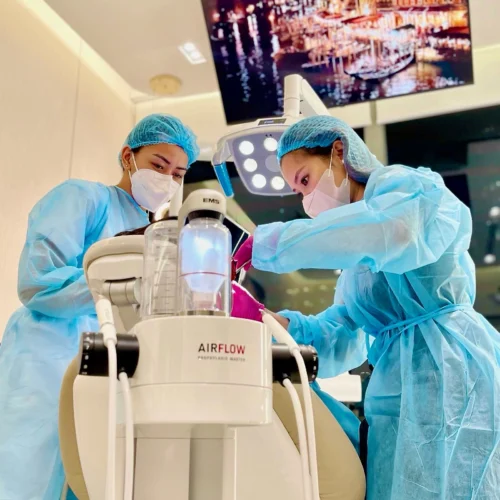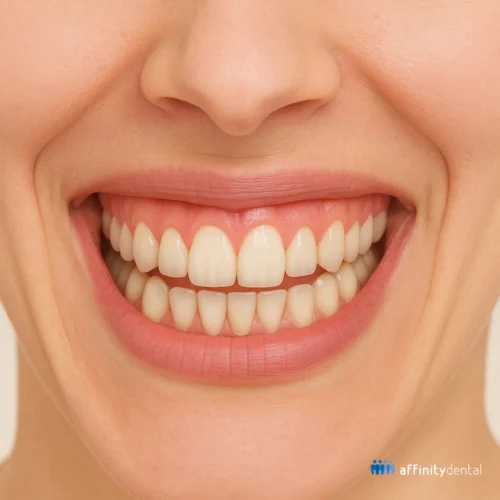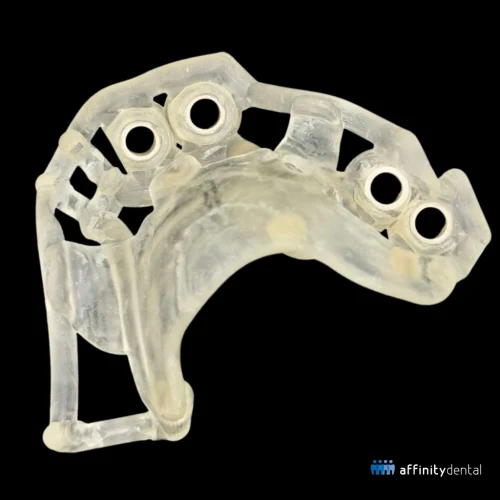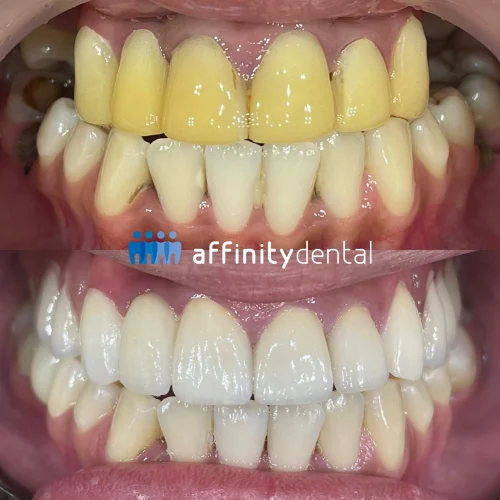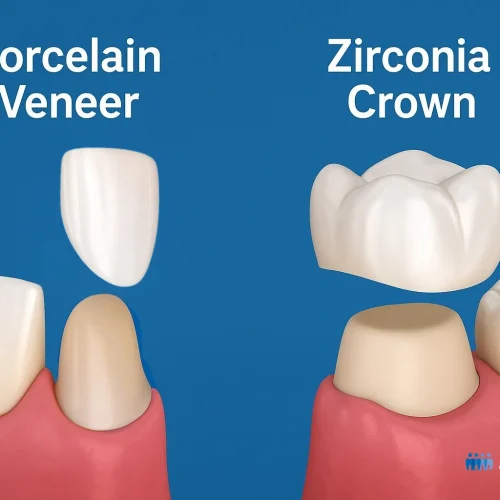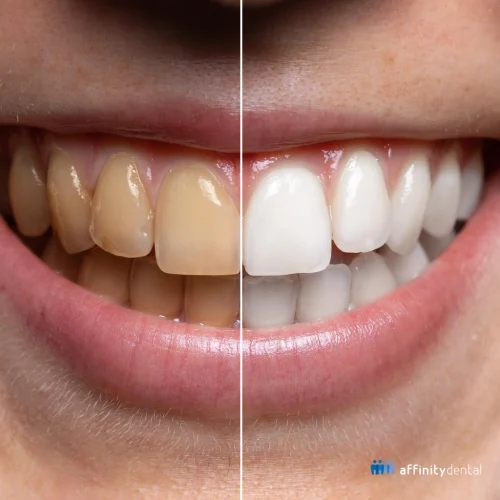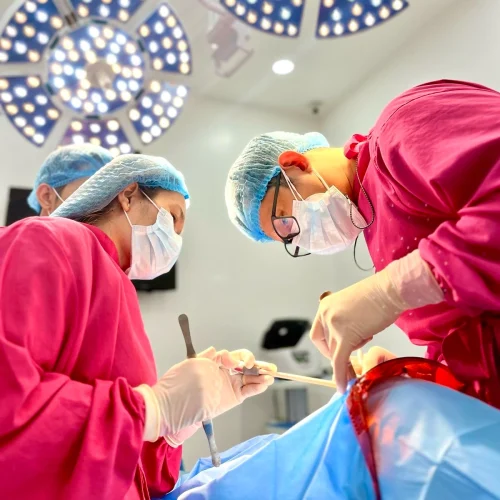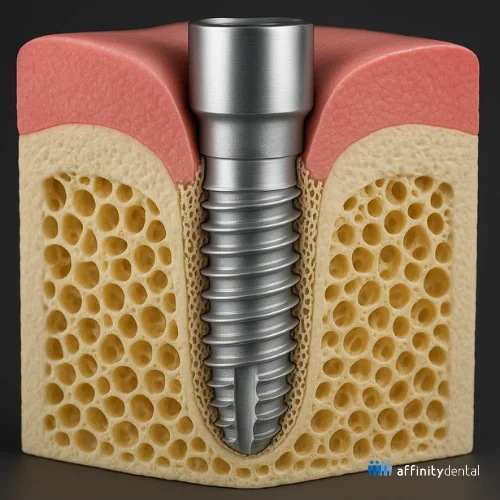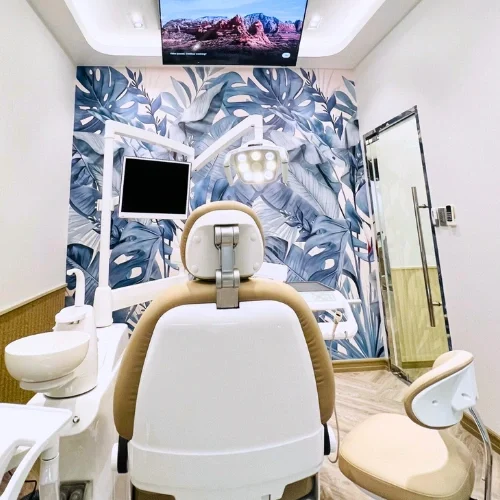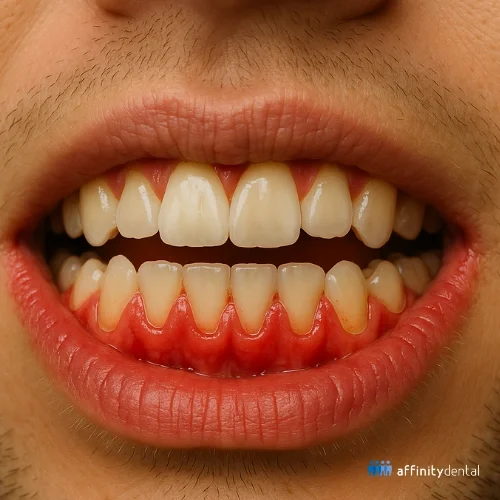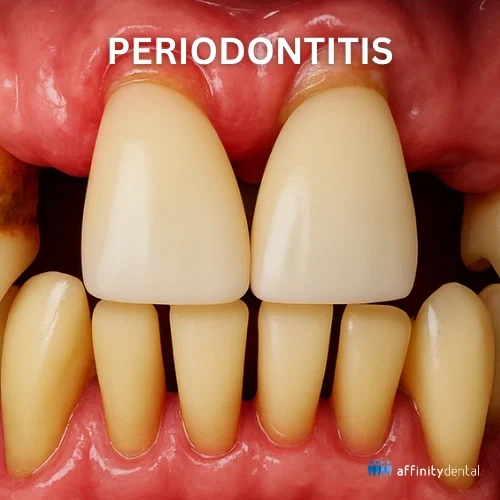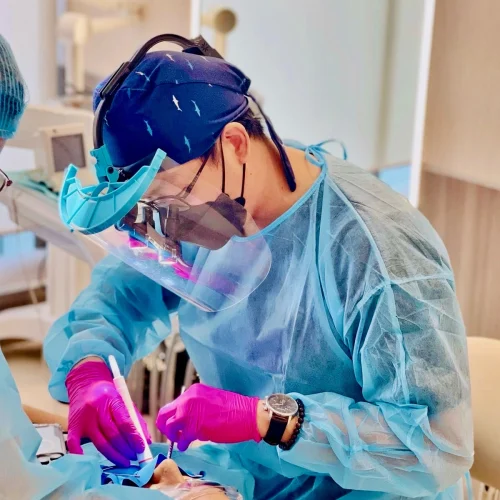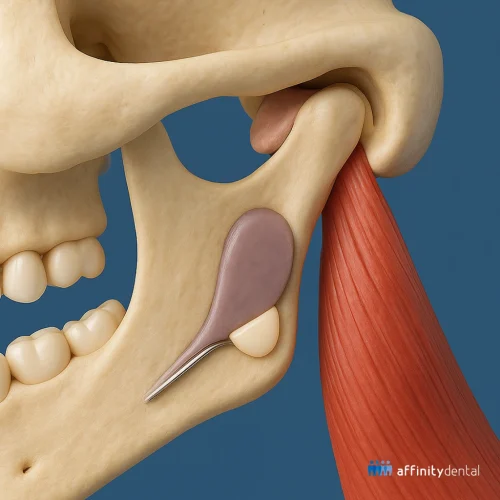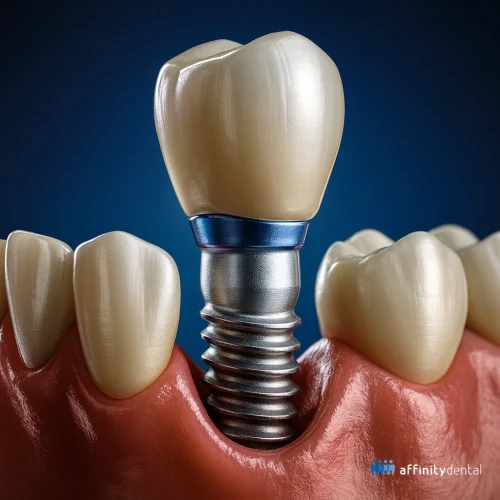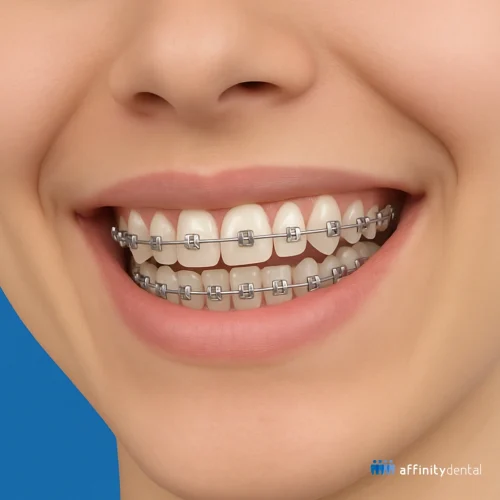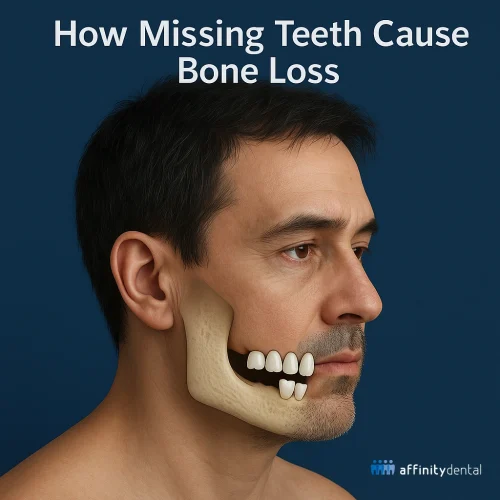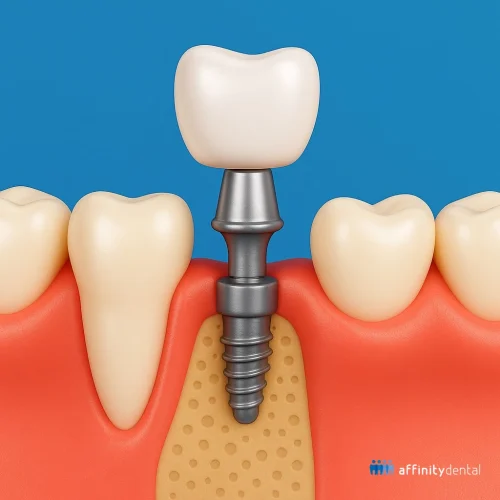
Should You Fill or Extract a Decayed Wisdom Tooth?
When you hear the words “decayed wisdom tooth,” your first thought is probably: Does it need to come out, or can it just be fixed with a filling? You’re not alone—this is one of the most common questions patients ask their dentists. At Affinity Dental Clinics, we hear this concern all the time, and the answer is: it depends. Let’s break it down in a way that makes sense, without the jargon.
First Things First: Why Wisdom Teeth Cause Trouble
Wisdom teeth are the last to arrive, usually in your late teens or early twenties. By the time they show up, your mouth is often already crowded. That’s why these molars are the ones most likely to:
-
- Grow at odd angles (impacted or partially erupted)
-
- Trap food and bacteria
-
- Be harder to clean properly
Because of these challenges, wisdom teeth are more prone to decay than your other teeth. At Affinity Dental Clinics, we often see patients who brush and floss diligently, but still end up with cavities in their wisdom teeth simply because of how tricky they are to reach.
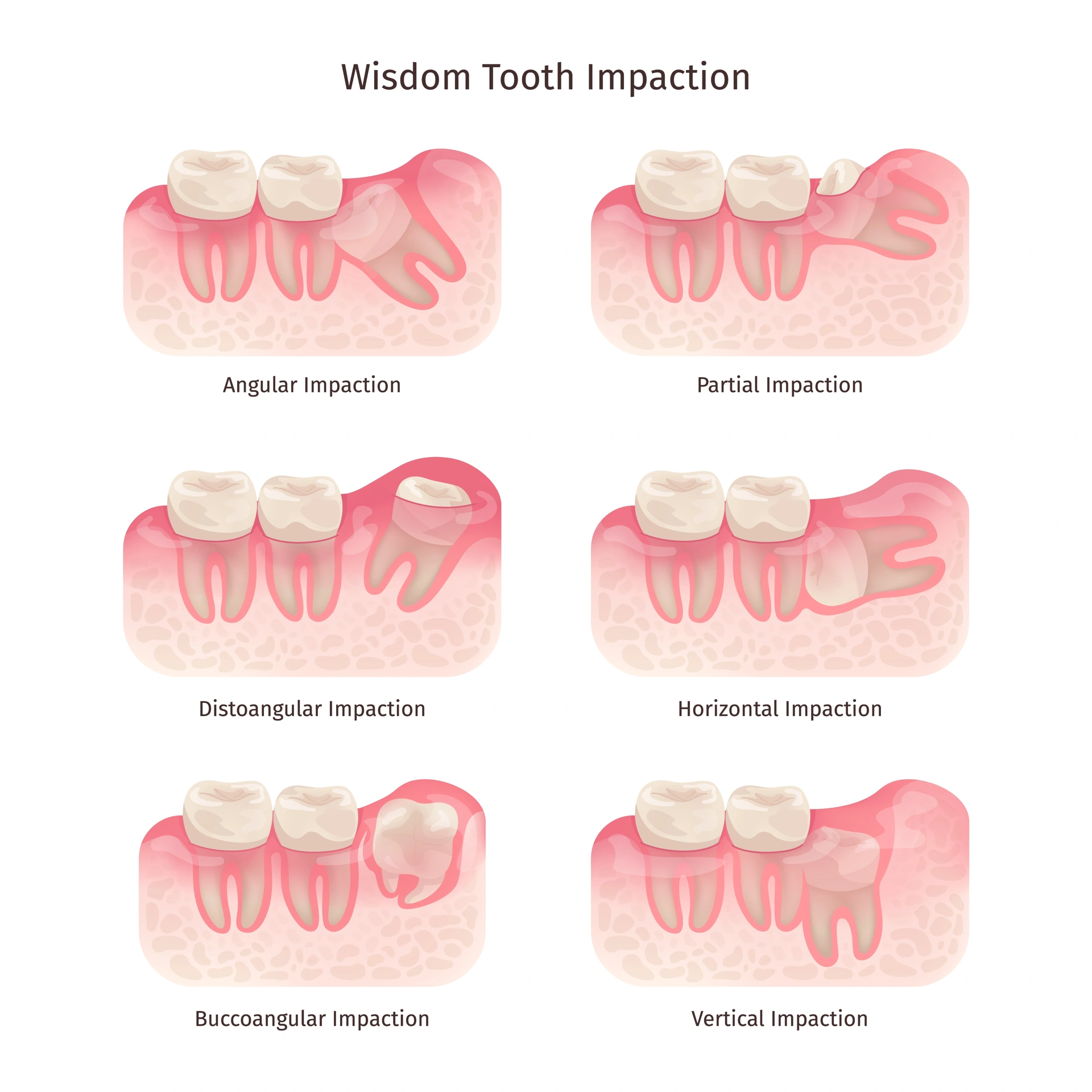
An educational poster illustrating the six main types of wisdom tooth impaction that can cause pain, infection, or crowding.
Option 2: Extracting a Wisdom Tooth
Extraction is often the better choice when:
-
- The tooth is impacted or partially erupted.
-
- The decay is large or has reached the nerve.
-
- There’s gum infection around the tooth.
-
- The tooth keeps causing pain, swelling, or food impaction.
-
- Your dentist sees that the long-term prognosis isn’t good.
In these cases, removing the wisdom tooth often saves you from repeated treatments, pain, and expense later on. At Affinity Dental Clinics, extractions — especially complicated ones — are always performed by trained oral surgeons, with the option of twilight sedation if you feel anxious.
How Dentists Decide: Fill or Extract?
Your dentist will usually look at a few things before giving advice:
-
- Position of the tooth – Is it straight, or is it tilted and crowding the others?
-
- Size and location of the decay – Is it a small cavity or one that’s close to the nerve?
-
- Your age and overall oral health – Younger patients sometimes have a smoother recovery from extraction.
-
- Long-term outlook – Will keeping the tooth benefit you, or just create recurring problems?
At Affinity Dental Clinics, we always walk patients through these factors honestly. If a tooth can still be saved, we’ll say so. If it’s better to remove it, we’ll explain why. No pressure, no over-treatment — just what’s best for your long-term oral health.
The Process of Wisdom Tooth Extraction
If you and your dentist decide that extraction is the bestpath, here’s what typically happens:
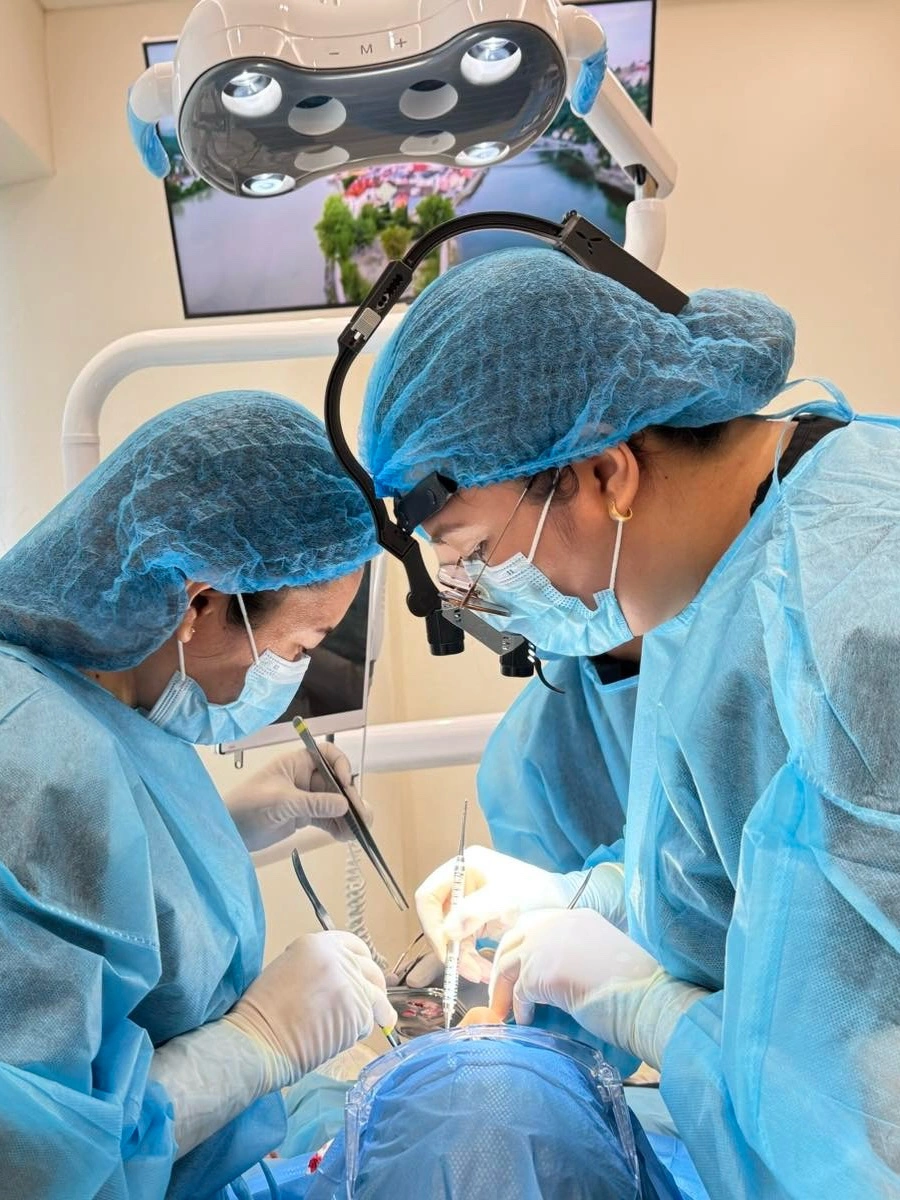
-
- Examination and Imaging – An X-ray (or CBCT scan in more complex cases) helps your dentist or oral surgeon see the exact position of the tooth and roots.
-
- Anesthesia or Sedation – Local anesthesia is standard, so you won’t feel pain during the procedure. For anxious patients, twilight sedation is also an option at Affinity Dental Clinics, making the experience calmer and more comfortable.
-
- Removing the Tooth –
-
- If the tooth is fully erupted and easy to access, the procedure can be as quick as a simple extraction.
-
- If it’s impacted or partially covered by gum or bone, a minor surgical approach is used. Your dentist makes a small incision, sometimes gently removing bone around the tooth before lifting it out.
-
- Removing the Tooth –
-
- Stitches (If Needed) – Surgical extractions may require dissolvable stitches, which help the area heal faster.
-
- Immediate Recovery – A bit of gauze is placed over the site to control bleeding, and you’ll rest briefly in the chair until you’re ready to head home. The whole process can be surprisingly fast — many patients are done in under an hour, even with a surgical extraction.
Aftercare: Healing Well After a Wisdom Tooth Extraction
Recovery is just as important as the procedure itself. Here’s what your dentist will usually recommend:
-
- Rest the First 24 Hours – Give your body time to recover. Avoid strenuous activity.
-
- Bite Gently on Gauze – This helps form a clot and stops bleeding. Replace the gauze as instructed.
-
- Manage Discomfort – Mild pain and swelling are normal. Over-the-counter pain relievers or prescriptions from your dentist can help. Cold compresses are also useful in the first day.
-
- Eat Soft Foods – Think yogurt, soups, smoothies, mashed potatoes, or soft rice dishes. Avoid hot, spicy, or crunchy foods for a few days.
-
- Keep the Area Clean – Gentle rinsing with warm salt water after 24 hours helps healing. Don’t brush directly on the site for the first couple of days.
-
- No Smoking or Straws – Sucking actions can dislodge the healing clot and cause “dry socket,” a painful complication.
Most patients feel much better after 3–4 days, though complete healing of the gums may take a couple of weeks. At Affinity Dental Clinics, our team always gives written aftercare instructions and checks in with you if needed.
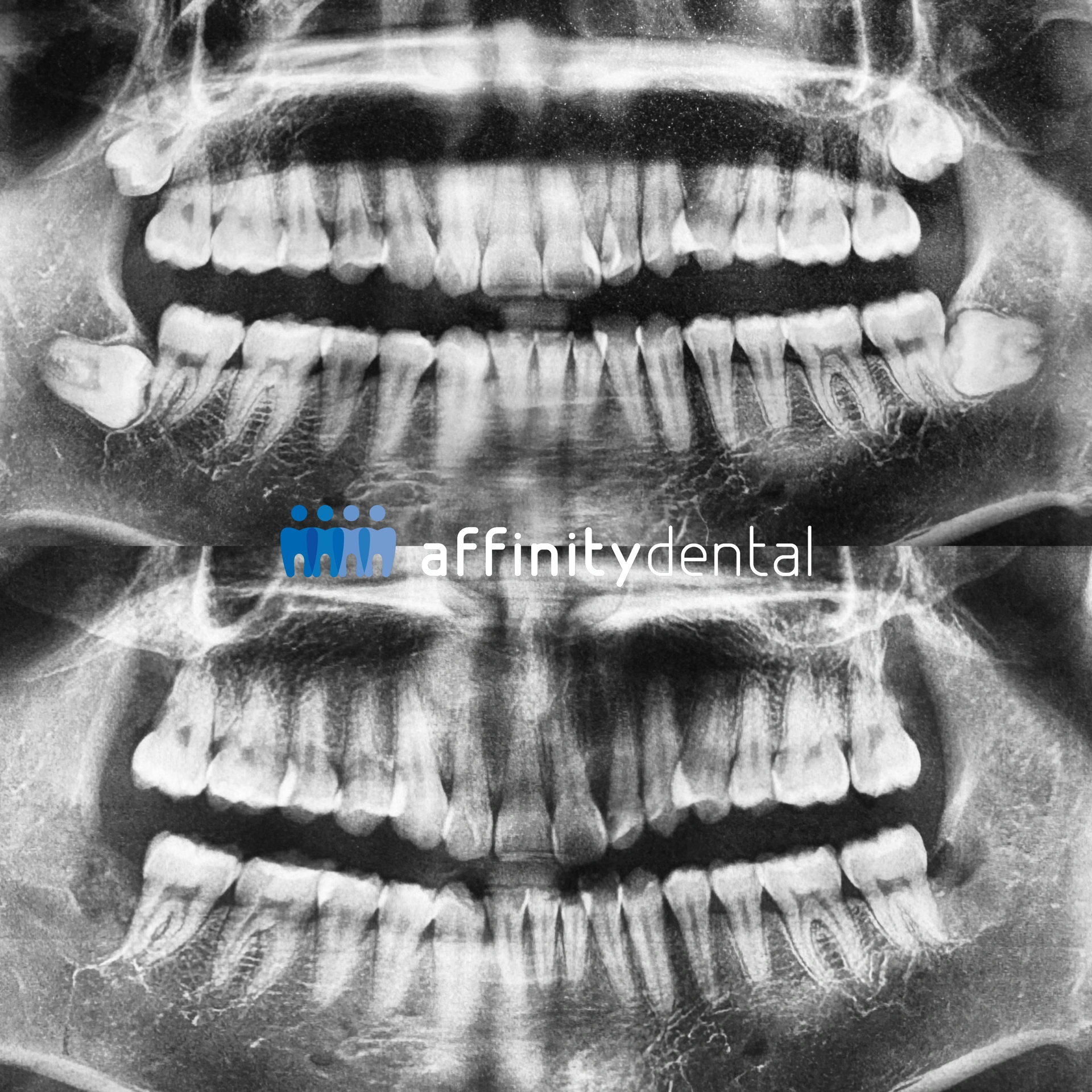
The Honest Takeaway
Not every decayed wisdom tooth has to come out. If the tooth is healthy overall and useful in your bite, a filling might do the trick. But if it’s poorly positioned, hard to clean, or likely to cause repeated issues, extraction is often the wiser choice.
The best step? Have your dentist examine the tooth, take an X-ray, and discuss your options. At Affinity Dental Clinics, we use digital X-rays and CBCT scans (when needed) to clearly see the position of your wisdom teeth before making any recommendation.
Final Word
If you’ve been wondering whether to fill or extract a decayed wisdom tooth, remember: there isn’t a one-size-fits-all answer. A trusted dentist will guide you through the pros and cons, help you decide based on your specific case, and make sure you’re comfortable with the plan.
That’s what we do every day at Affinity Dental Clinics — whether it’s a simple filling, a surgical extraction, or a second opinion if you’re unsure about your options. After all, the goal isn’t just saving or removing a tooth—it’s keeping your mouth healthy, pain-free, and working well for years to come.
Ready to Book an Appointment?
If you’re unsure whether your wisdom tooth needs a filling or an extraction, the best way forward is to have it checked by a dentist. At Affinity Dental Clinics, we’ll examine your wisdom teeth, take the necessary X-rays, and discuss the treatment that’s right for you — whether it’s saving the tooth with a filling or removing it to prevent further problems.
📍 Visit us in Makati, BGC Stopover, BGC High Street, Alabang, Ortigas, Parañaque, or Cebu
📅 Book a consultation today using the form below
📌 View our clinic map and contact details
Our team will be happy to guide you every step of the way.
